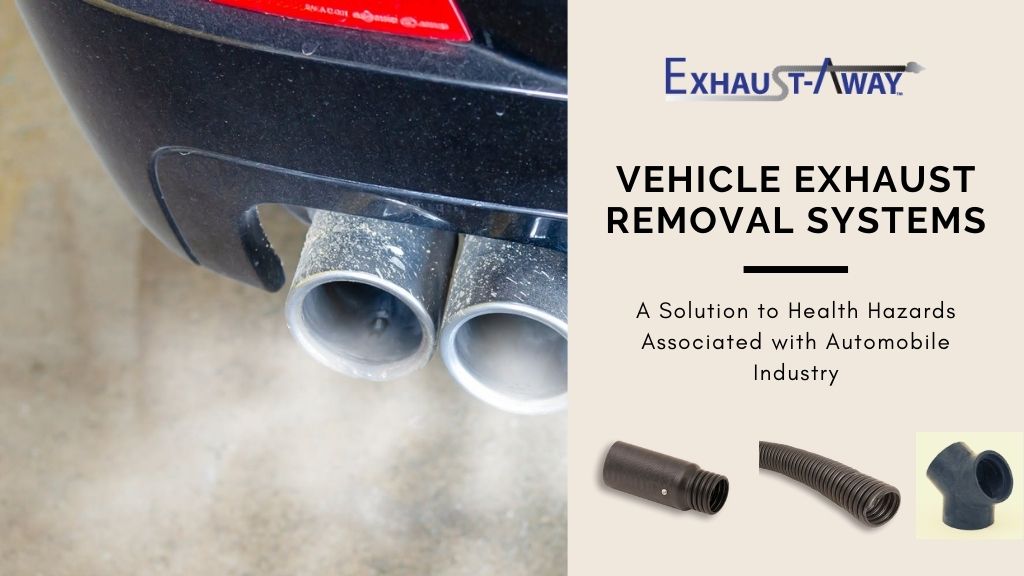Vehicle Exhaust Removal Systems: A Solution to Health Hazards Associated with Automobile Industry
Operators in the automobile industry are certainly exposed to harmful vehicle exhaust fumes. Toxic exhaust fumes of CO, CO2, and NOx are produced during vehicle repair and maintenance in garages and fire stations. These exhaust fumes can cause serious damage to human health. The California Air Resources Board (CARB) has declared soot, particulate matter, and CO from diesel exhausts as carcinogenic components. The Environmental Protection Agency (EPA), National Institute for Occupational Safety & Health (NIOSH), and International Agency for Research on Cancer (IARC), etc have addressed the health hazards caused due to exhaust fumes in the automotive industry. Acknowledging all these factors, it is essential to adopt a way to reduce exposure to exhaust fumes for a person working around internal combustion engines. Vehicle exhaust removal systems are one of the most effective solutions for reducing exposure to exhaust fumes. This post introduces vehicle exhaust removal systems and their properties.
An Overview of Vehicle Exhaust Removal Systems
Vehicle exhaust removal systems are designed to handle a specific range of vehicle types to help prevent the trapping of exhaust gases inside the garage. An example overhead diesel exhaust systems consist of the following components:
- Stack Adapters: These components are used to connect the exhaust hose to the diesel stack. While cars may have round, oval, trapezoidal, or twin tailpipes, diesel stacks are typically large and round. Our diesel stack adapters go from 6” ID up to 12” ID so you can service just about any truck. For those with dual exhaust, you will need a separate hose and adapter for each. Car adapter options are very diverse to accommodate all the odd scenarios that design engineers are imagining these days, including tailpipes that are integrated into the bumper.
- Exhaust Hoses: The centerpiece of any exhaust system is the hose. Rubber is best for out-the-door systems but can also work well in overhead or under floor systems. Fabric and wire is lighter weight and offers better functionality on reel systems. It can also be made to handle extreme temperatures. It is generally more expensive and more fragile than rubber though, so there are tradeoffs no matter what direction you go. Generally speaking, cars use 3” or 4” tubing and diesel trucks use 5” or 6” tubing.
- Fittings: Connecting everything to make it work involves a few specialized fittings like elbow fittings, Y-assemblies, overheat connectors
A highly efficient exhaust system can be designed for garages and fire stations by combining suitable adapters, hoses, and fittings. These systems can certainly help in reduction in exposure to hazardous fumes. These vehicle exhaust removal systems can be designed for overhead, underground, or out-the-door based on the availability of space and operational requirements in the service bay.
Reach out to an experienced and reputable source of high-quality adapters, hoses, and fittings from like Exhaust-Away. The company offers a wide range of high-quality tailpipe adapters, exhaust hoses, fitting, and vehicle exhaust kits with competitive pricing and fast shipping anywhere in the US.
